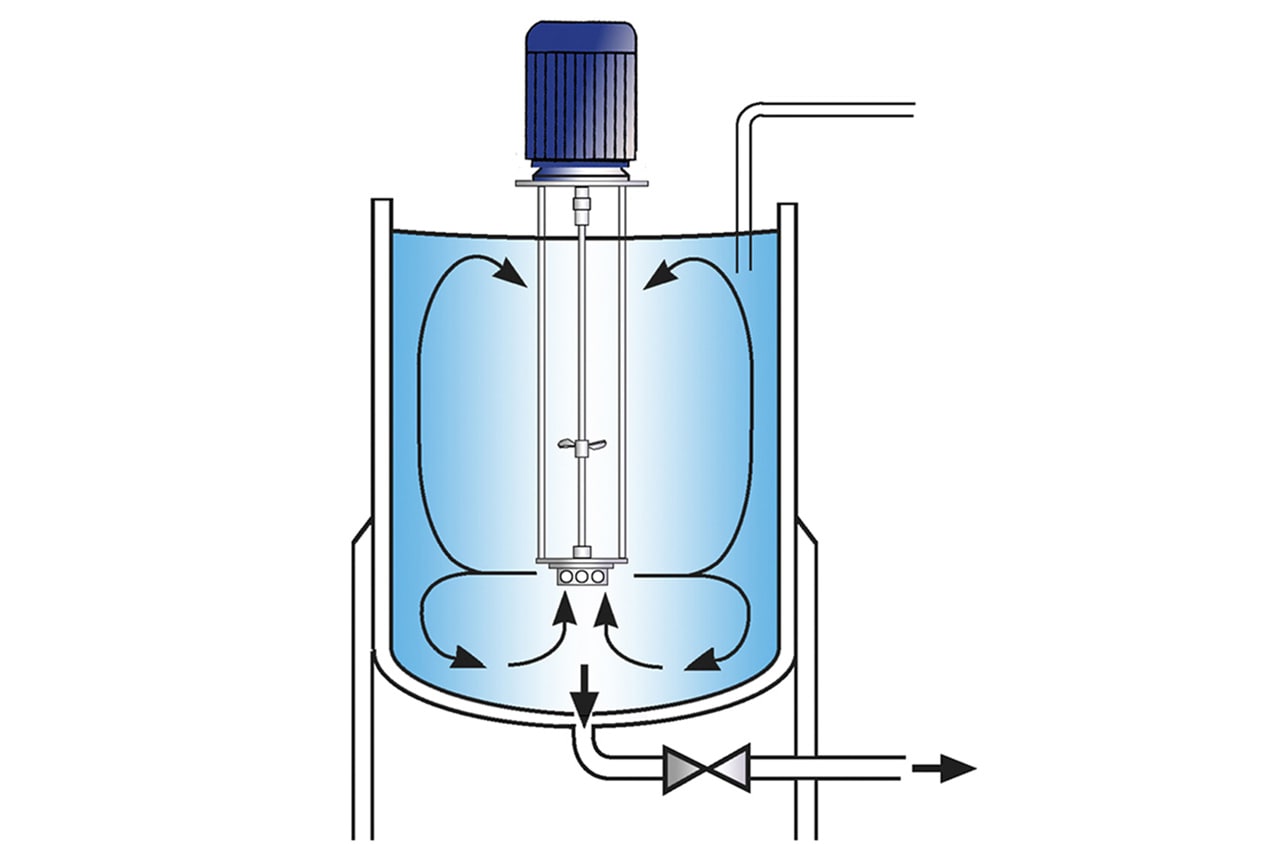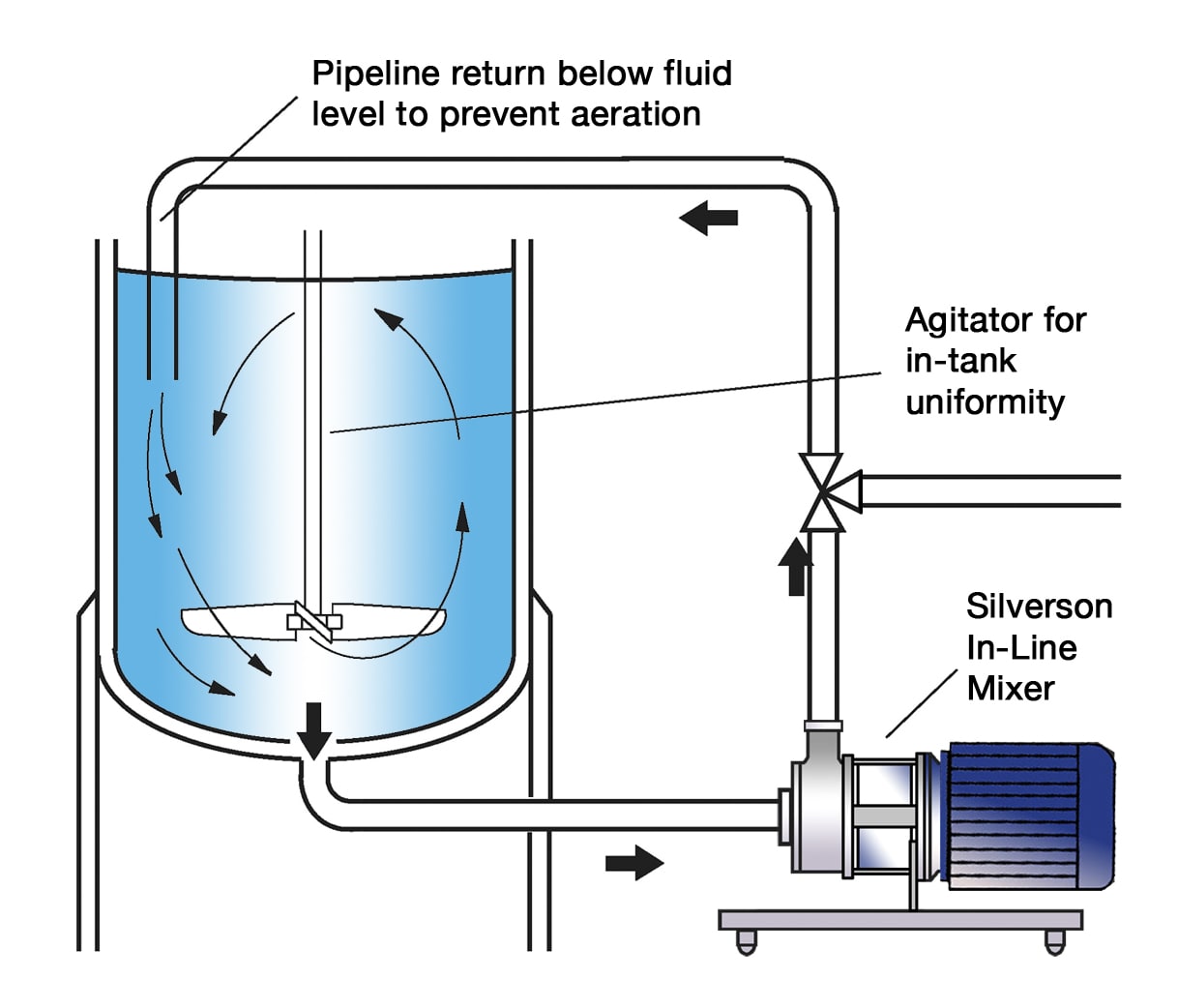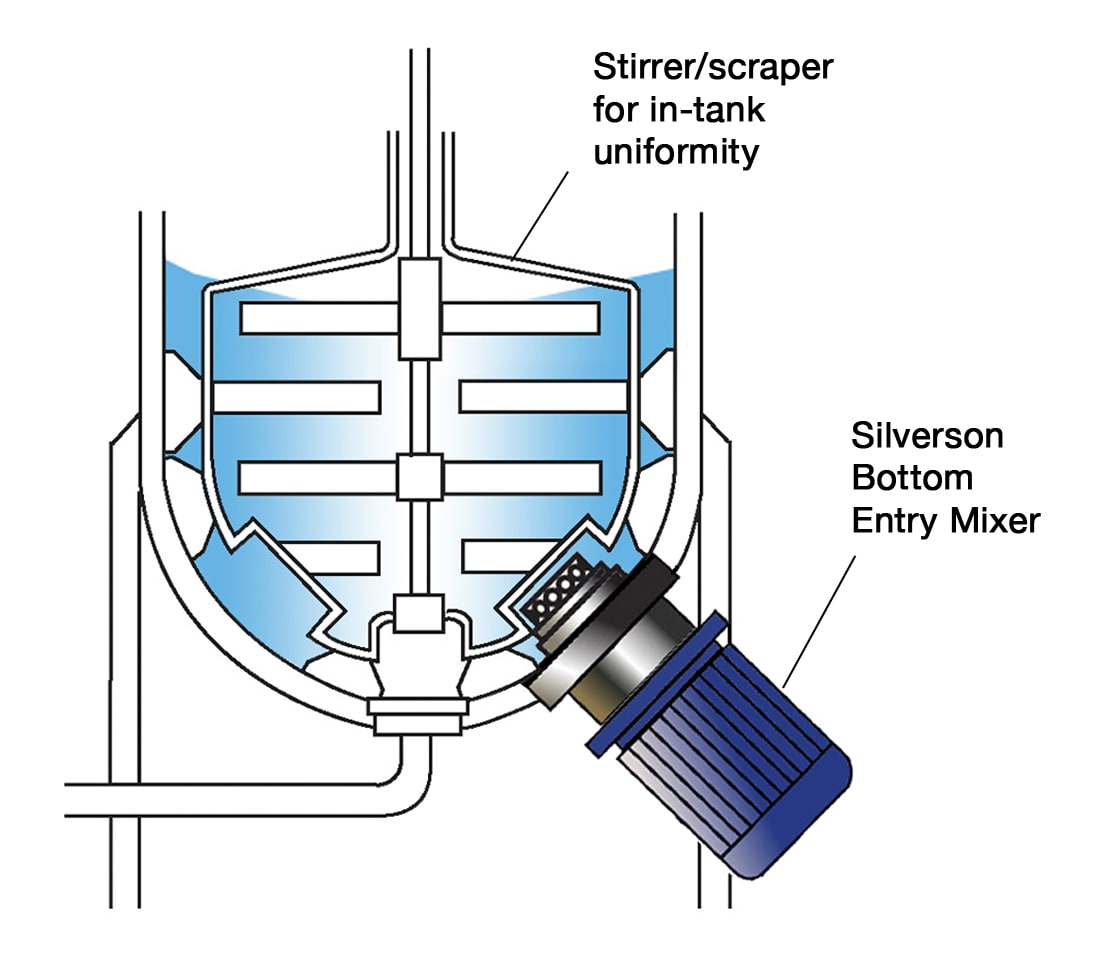Production of Solid Polishes
Polishes used for floors, furniture and shoes can be supplied in solid form. These are an emulsion of water with waxes such as paraffin wax, beeswax or carnauba wax, plus other additives such as colouring, stabilisers and surfactants.

The Process
While the formulation of polishes varies according to end use, a typical manufacturing process would be as follows:
- Wax is weighed into the vessel and heated to melting point, between 50 - 80ºC (120 - 185ºF) depending on type.
- Water is charged into a separate vessel and heated to aid dispersion of additives.
- Surfactants, stabilisers and colouring are added to the aqueous phase and mixed until fully dispersed.
- The hot water phase is added to the molten wax and mixed to form an emulsion.
- The product is then cooled to just above the set point and is then poured or pumped into moulds or tins as required.
- The polish solidifies with further cooling.
The Problem
The above process is subject to a number of difficulties when using conventional mixers and agitators:
- Heating of both phases is time consuming and results in a high energy requirement.
- Addition of water to wax has to be carried out in a controlled manner, again requiring extended processing times.
- Temperature has to be controlled to prevent the wax from solidifying before the water is fully emulsified.
- The emulsion formed is not stable and requires additives to ensure the phases remain emulsified and that other additives remain in solution/suspension.
- Cooling of the product before pouring into moulds further increases the process time. This has to be controlled to prevent the polish cracking or subsiding in the tin.
The Solution
Intermediate stages of production can be eliminated, product quality and consistency improved and processing times dramatically reduced by using a Silverson High Shear mixer.
The advantages of the Silverson mixer over conventional agitators stem from the mixing/shearing action which operates on a 3 stage mixing cycle. Processing is carried out as follows:
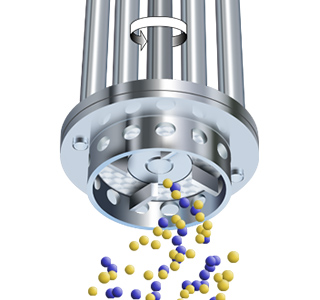
Stage 1
The wax is melted in the processing vessel and the mixer is started. Other ingredients such as surfactants and colouring are added to the vessel. The high speed rotation of the rotor blades creates a powerful suction which draws the molten wax and other ingredients into the workhead.
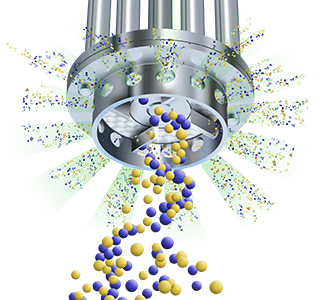
Stage 2
The materials are subjected to intense shear within the workhead and rapidly become fully dispersed. The product is then forced out through the stator and driven back into the body of the mix. Fresh material is continuously drawn into the workhead, creating a powerful action within the vessel.
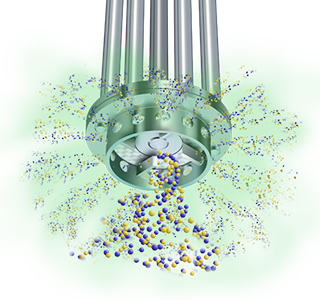
Stage 3
Water is then added to the product and rapidly emulsified with the wax. Heating of the water is not necessary. This has the additional effect of cooling the product, reducing processing time further. The action of the Silverson mixer is sufficient to maintain movement within the vessel.
-
Stage 1

Stage 1
The wax is melted in the processing vessel and the mixer is started. Other ingredients such as surfactants and colouring are added to the vessel. The high speed rotation of the rotor blades creates a powerful suction which draws the molten wax and other ingredients into the workhead.
-
Stage 2

Stage 2
The materials are subjected to intense shear within the workhead and rapidly become fully dispersed. The product is then forced out through the stator and driven back into the body of the mix. Fresh material is continuously drawn into the workhead, creating a powerful action within the vessel.
-
Stage 3

Stage 3
Water is then added to the product and rapidly emulsified with the wax. Heating of the water is not necessary. This has the additional effect of cooling the product, reducing processing time further. The action of the Silverson mixer is sufficient to maintain movement within the vessel.
The Advantages
- The product can be made using cold water.
- Reduced need for emulsifiers and stabilisers, simplifying the product formula and reducing raw material costs.
- The process can be carried out in a single vessel.
- Heating requirements, production costs and process times are dramatically reduced.
- Increased product quality and repeatability.
There are a number of machines in the Silverson product line used for production of solid polishes, the suitability of which is dictated by batch size, formulation and viscosity of the end product in addition to other individual processing requirements:
High Shear Batch Mixers
- Suitable for batch sizes up to 1000 litres
- Can be used on mobile floor stands
- Sealed units available for pressure/vacuum operation
- Small units available for R&D and pilot production
High Shear In-Line Mixers
- Ideal for larger batches
- Aeration free
- Easily retrofitted to existing process
- Can be used to discharge vessel
- Self-pumping
- Jacketed In-Line machines available which maintain product temperature and prevent solidification of wax during processing
High Shear Bottom Entry Mixers
- Suitable for use on high viscosity products in conjunction with an anchor stirrer/scraper
